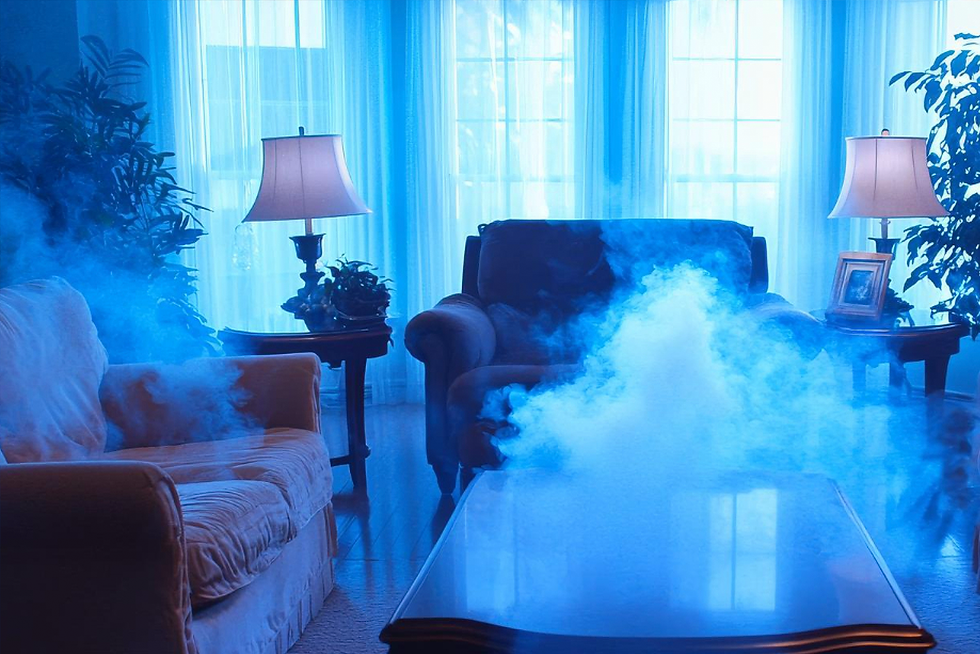Seven Principles of Healthy Homes
- IAQs

- Jul 18, 2010
- 1 min read
Updated: May 22
Why Your Home’s Environment Affects Your Health

Your home environment is related to many health effects, ranging from allergies and asthma triggered by dust mites, mold and pest residue to cancer or death from combustion pollutants or dangerous fumes. The good news is that you can make your house a healthy home for your family by applying these seven principles of healthy homes:
The 7 Principles of a Healthy Home
1. Dry
Damp houses provide a nurturing environment for mites, roaches, rodents, and molds, all of which are associated with asthma.
2. Clean
Clean homes help reduce pest infestations and exposure to contaminants.
3. Pest-Free
Recent studies show a causal relationship between exposure to mice and cockroaches and asthma episodes in children; yet inappropriate treatment for pest infestations can exacerbate health problems, since pesticide residues in homes pose risks for neurological damage and cancer.
4. Safe
The majority of injuries among children occur in the home. Falls are the most frequent cause of residential injuries to children, followed by injuries from objects in the home, burns, and poisonings.
5. Contaminant-Free
Chemical exposures include lead, radon, pesticides, volatile organic compounds, and environmental tobacco smoke. Exposures to asbestos particles, radon gas, carbon monoxide, and second-hand tobacco smoke are far higher indoors than outside.
6. Ventilated
Studies show that increasing the fresh air supply in a home improves respiratory health.
7. Maintained
Poorly-maintained homes are at risk for moisture and pest problems. Deteriorated lead-based paint in older housing is the primary cause of lead poisoning, which affects some 240,000 U.S. children.
John P. Lapotaire, CIEC Certified Indoor Environmental Consultant Microshield Environmental Services, LLC www.floridaiaq.com/about-us









Comments